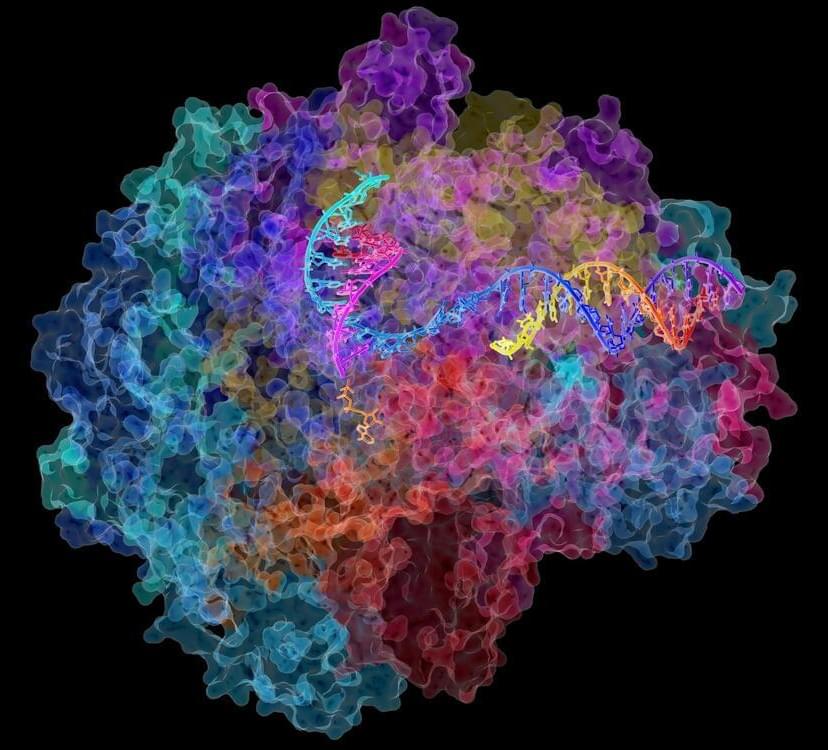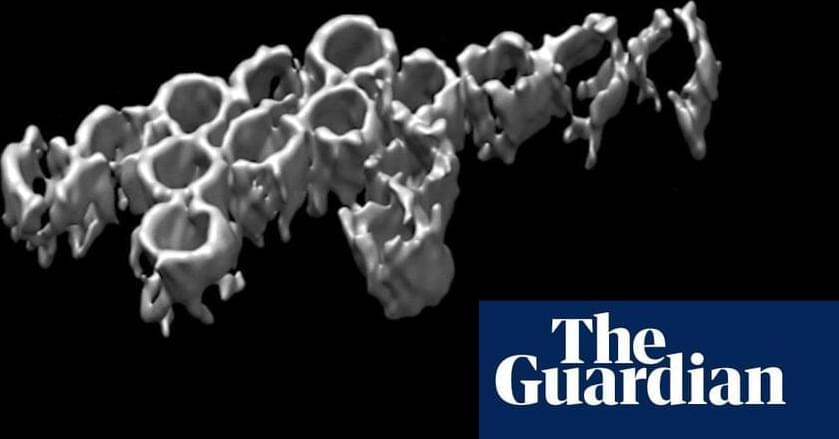Check out courses in science, computer science, or mathematics on Brilliant! First 30 days are free and 20% off the annual premium subscription when you use our link ➜ https://brilliant.org/sabine.
Ten years ago, physicists discovered an anomaly that was dubbed the “ATOMKI anomaly”. The decays of certain atomic nuclei disagreed with our current understanding of physics. Particle physicists assigned the anomaly to a new particle, X17, often described as a fifth force. The anomaly was now tested by a follow-up experiment, but this is only the latest twist in a rather confusing story.
Paper: https://journals.aps.org/prl/abstract…
🤓 Check out my new quiz app ➜ http://quizwithit.com/
💌 Support me on Donorbox ➜ https://donorbox.org/swtg.
📝 Transcripts and written news on Substack ➜ https://sciencewtg.substack.com/
👉 Transcript with links to references on Patreon ➜ / sabine.
📩 Free weekly science newsletter ➜ https://sabinehossenfelder.com/newsle…
👂 Audio only podcast ➜ https://open.spotify.com/show/0MkNfXl…
🔗 Join this channel to get access to perks ➜
/ @sabinehossenfelder.
🖼️ On instagram ➜ / sciencewtg.
#science #sciencenews #physics






